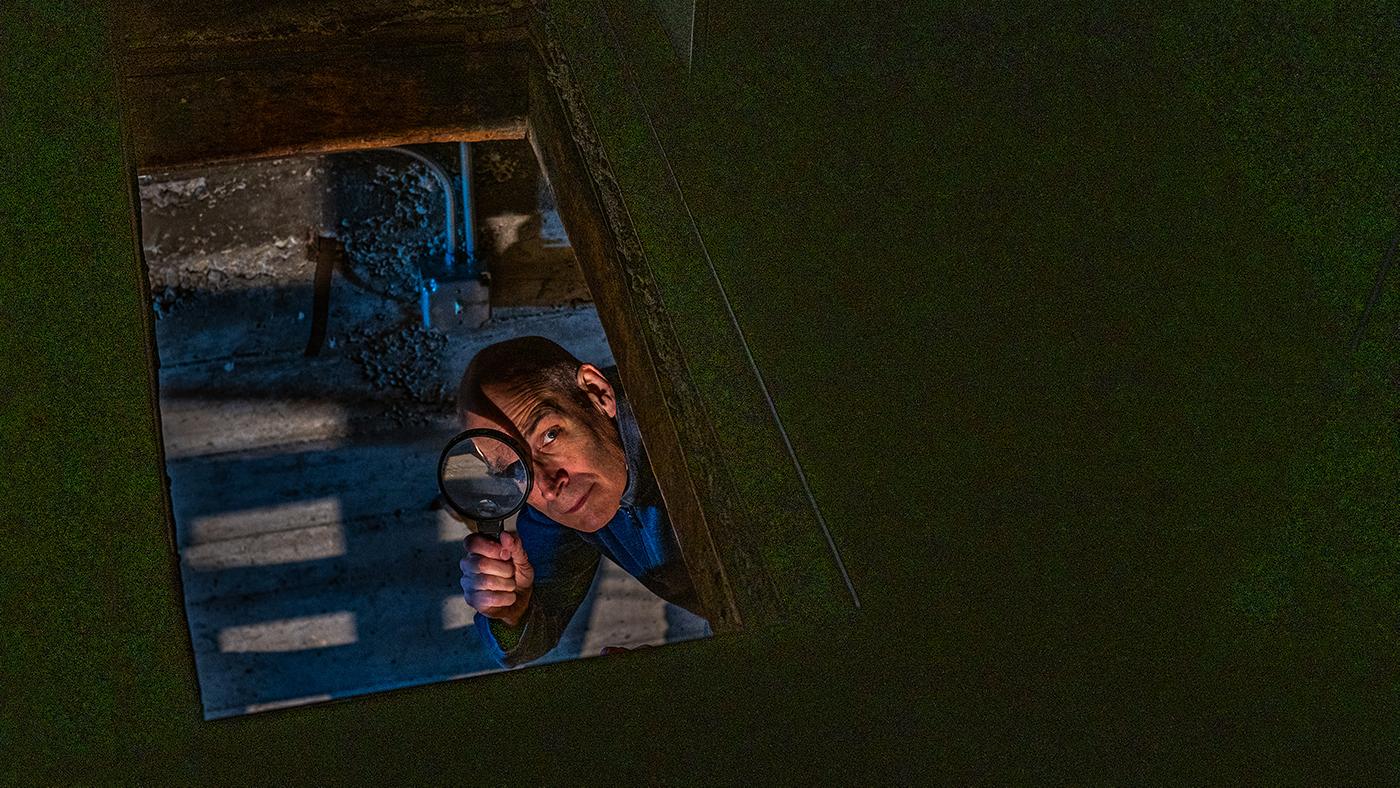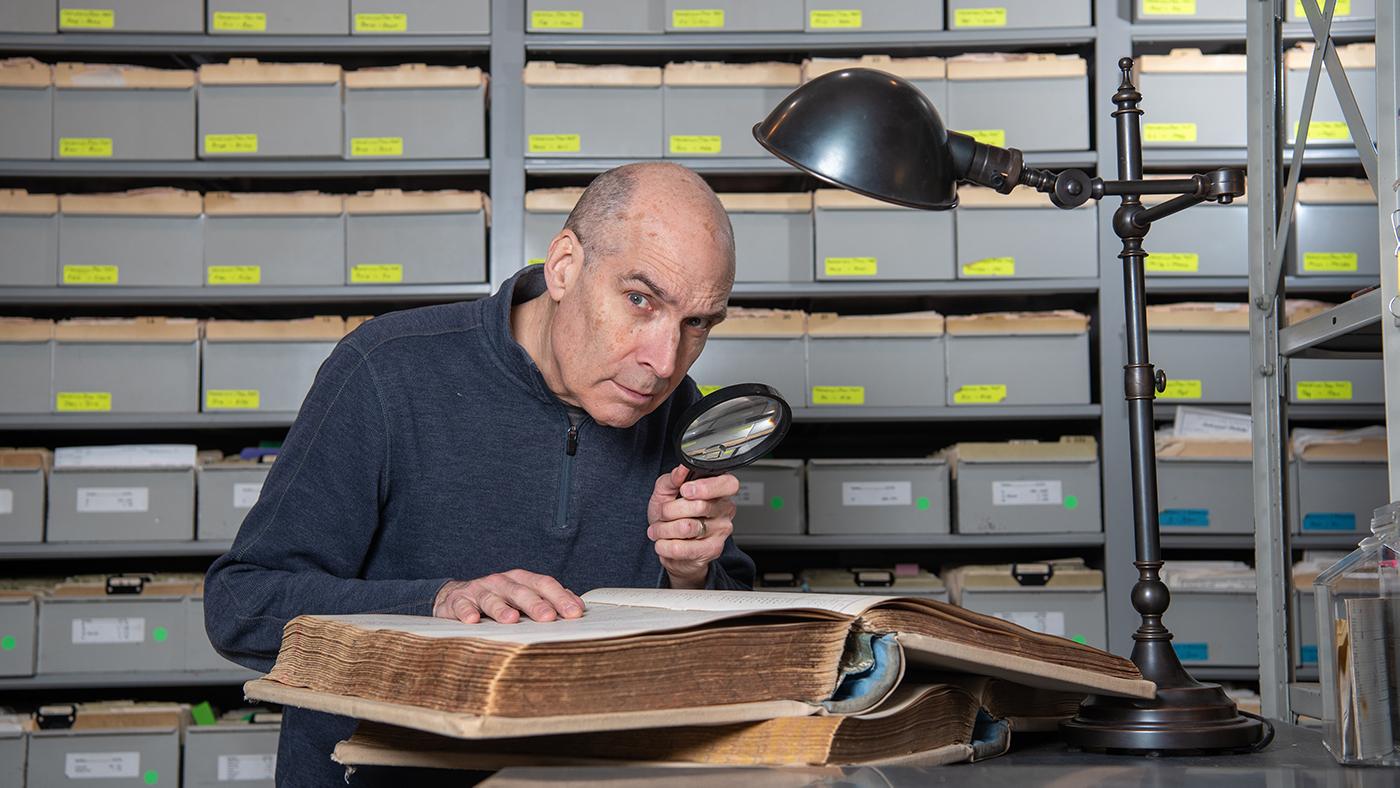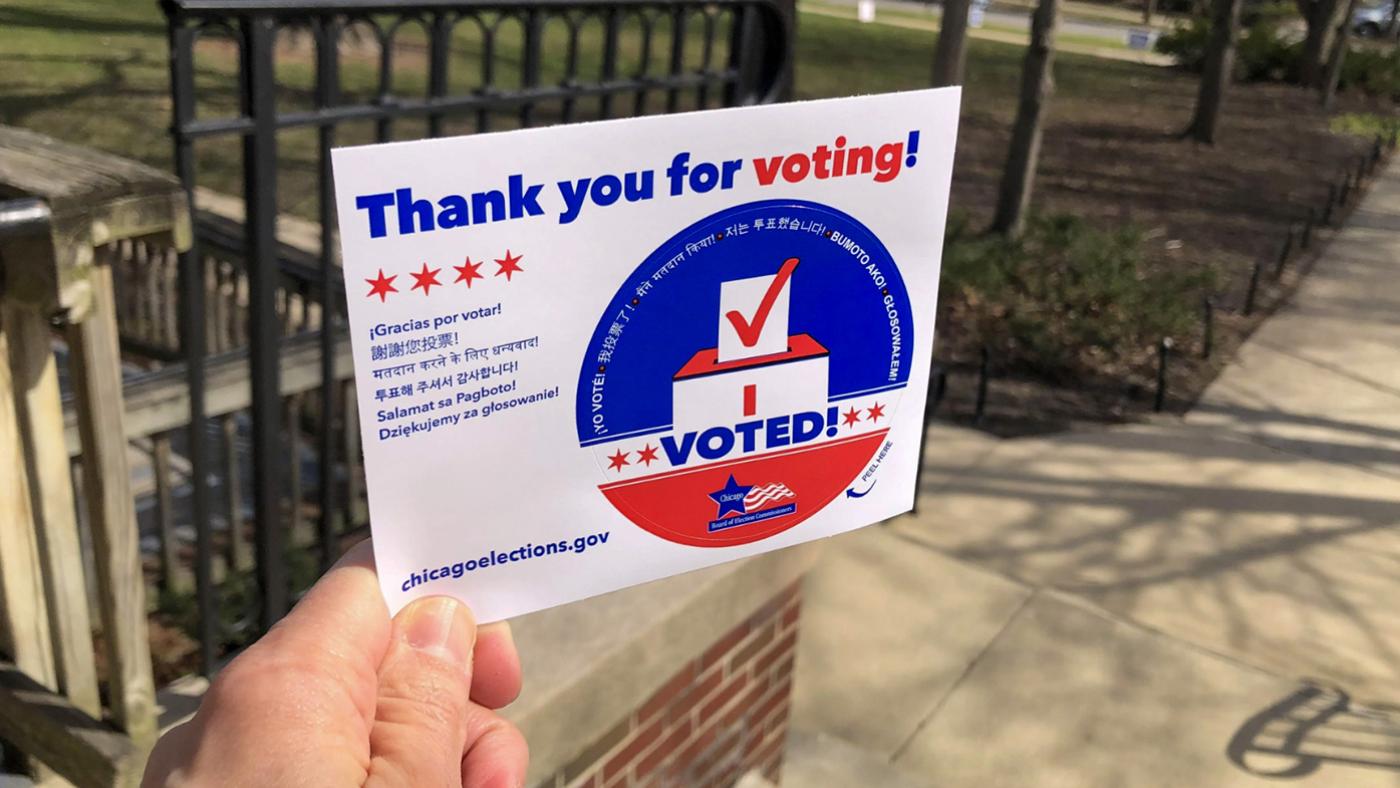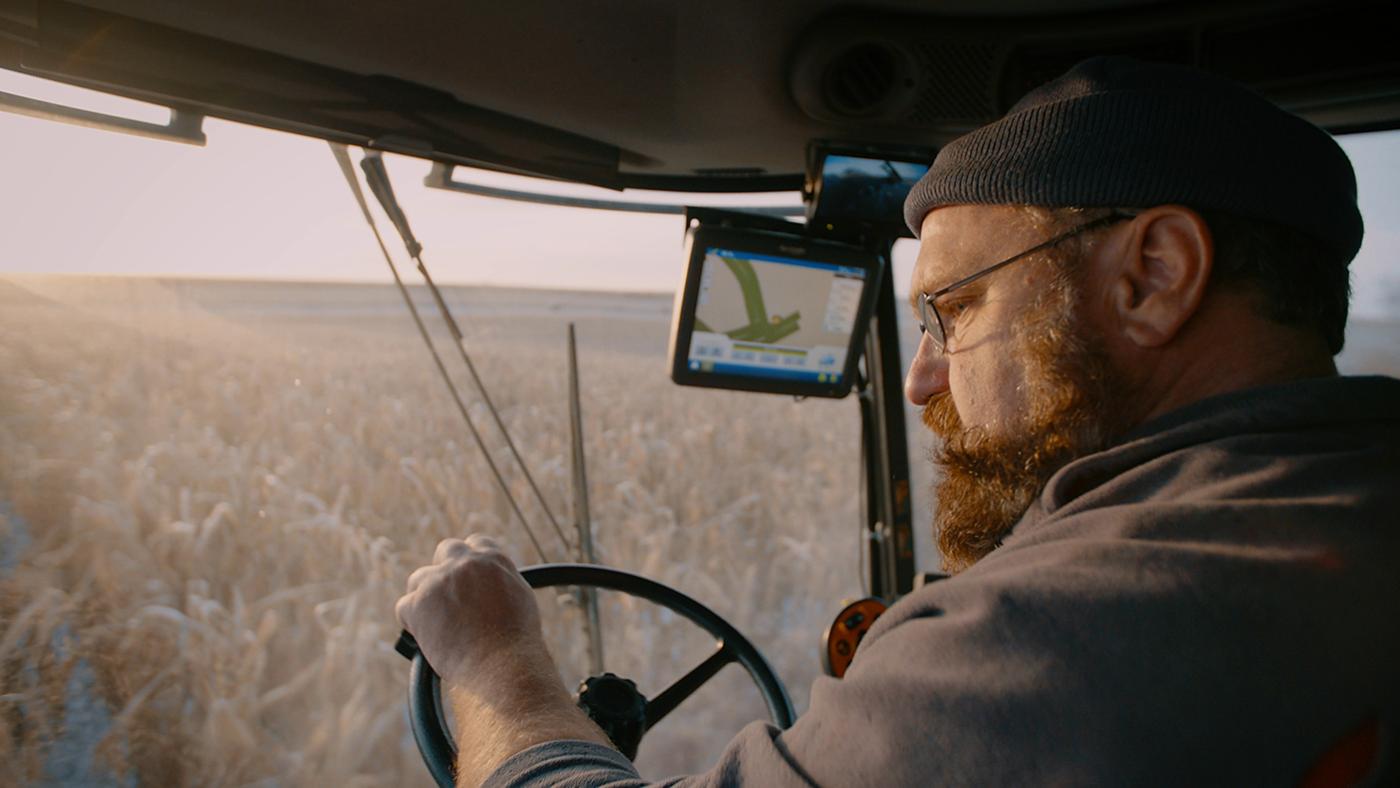Seven Prominent Sites That Illustrate Islam's History and Future in the Chicago Area
Daniel Hautzinger
July 27, 2022
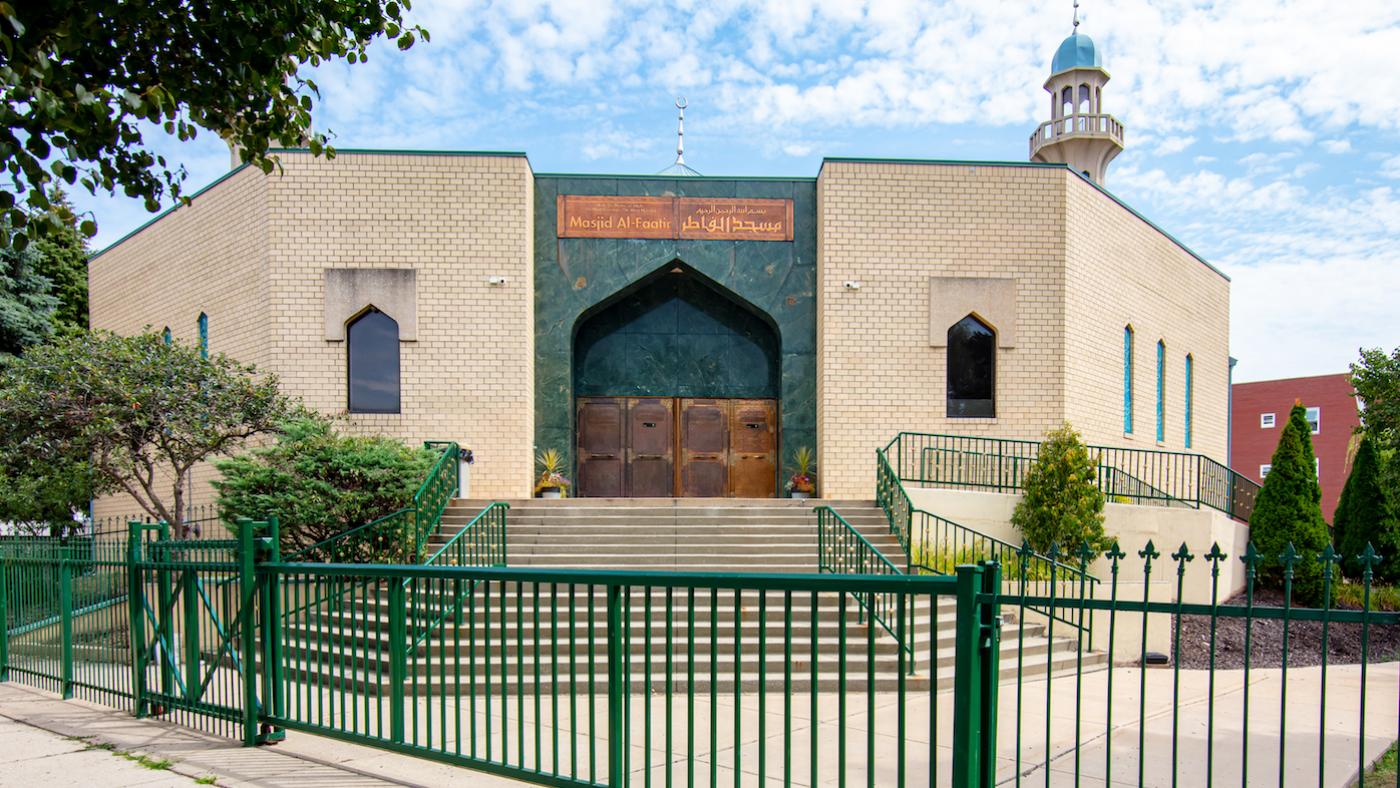
Did you watch PBS’s The Great Muslim American Road Trip? (It’s still available to stream for free.) The three-part series follows a young Muslim couple as they explore the history and experience of Muslims in America on a cross-country road trip that began in Chicago, where they met with Maryam Ali, the daughter of Muhammad Ali. The boxer was one of the most prominent Nation of Islam members in the country, and he was a major force behind the establishment of the Masjid Al-Faatir mosque in Kenwood.
That’s obviously just one of many mosques and prominent Muslim sites in the Chicago area, which has been a center of Muslim movements that catered to African Americans as well as a new home for Muslim immigrants from the Middle East, Eastern Europe, Africa, and other parts of the world. The Washington Post called Chicago “ground zero in [a] U.S. Muslim renaissance” in 2013, due to the city’s wealth of energetic Muslim organizations and one of the “nation’s largest and most diverse” Muslim communities, which it numbered at around 400,000 people.
Here are seven important Muslim sites in the Chicago area that illustrate both Islam’s rich history here and its vibrant future.
Al-Sadiq Mosque
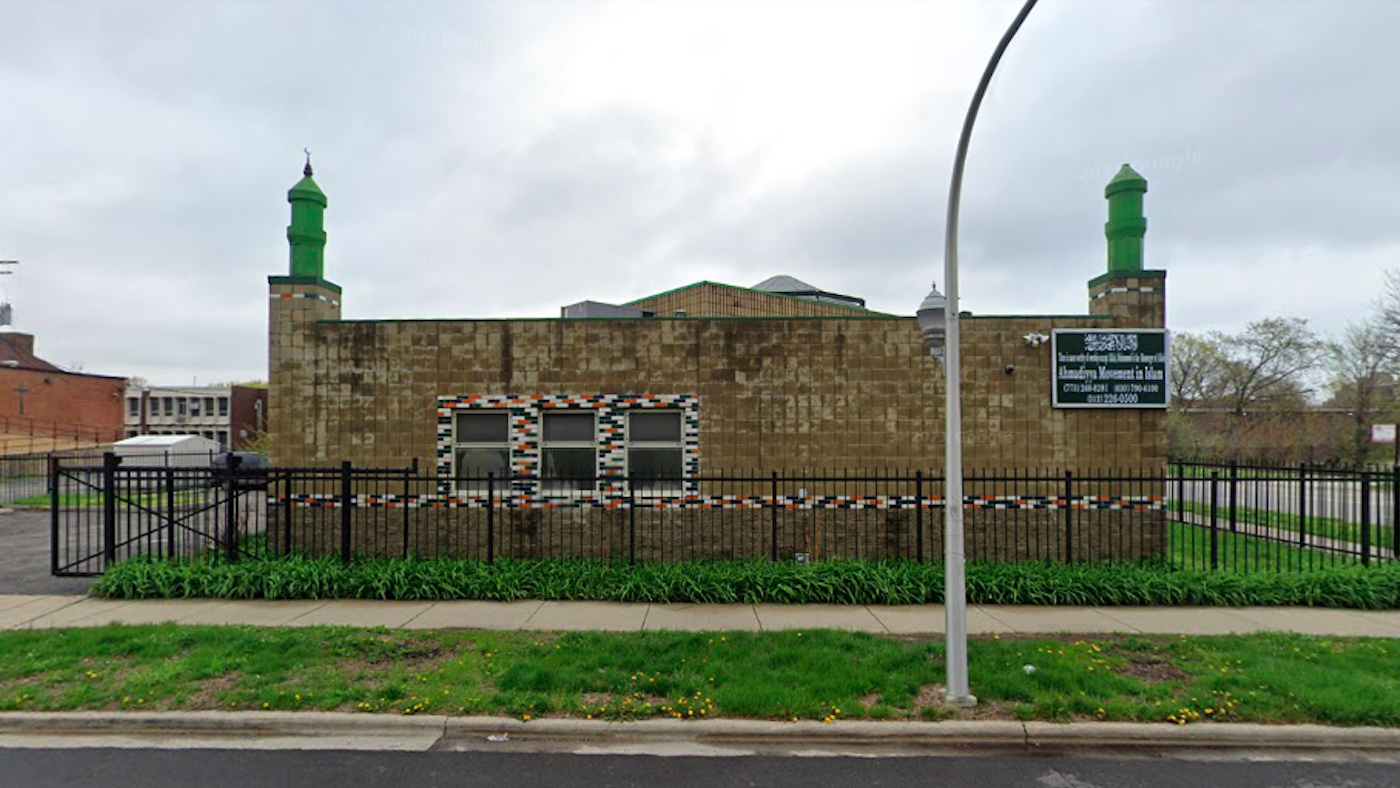 The Al-Sadiq Mosque in Bronzeville was commissioned in 1922 and is one of America's oldest mosques. Image: Google Maps
The Al-Sadiq Mosque in Bronzeville was commissioned in 1922 and is one of America's oldest mosques. Image: Google Maps
It can be argued that the first recorded mosque in America was in Chicago, on the Cairo Street exhibit at the World’s Columbian Exposition of 1893. But, while it had an imam and calls to prayer, it was mainly meant for tourists and was disassembled after the Fair.
But the Al-Sadiq Mosque in Bronzeville, commissioned in 1922, also has a claim to being one of the oldest mosques in the country. Its existence stems from a 1920 visit to Chicago by Mufti Muhammad Sadiq, an Ahmadi Muslim missionary. The Ahmadiyya sect originated in South Asia, and reached out to Black Americans who rejected Western Christianity as a manifestation of white supremacy before the Nation of Islam existed. Chicago served as the national headquarters of the movement until 1950.
Temple No. 9
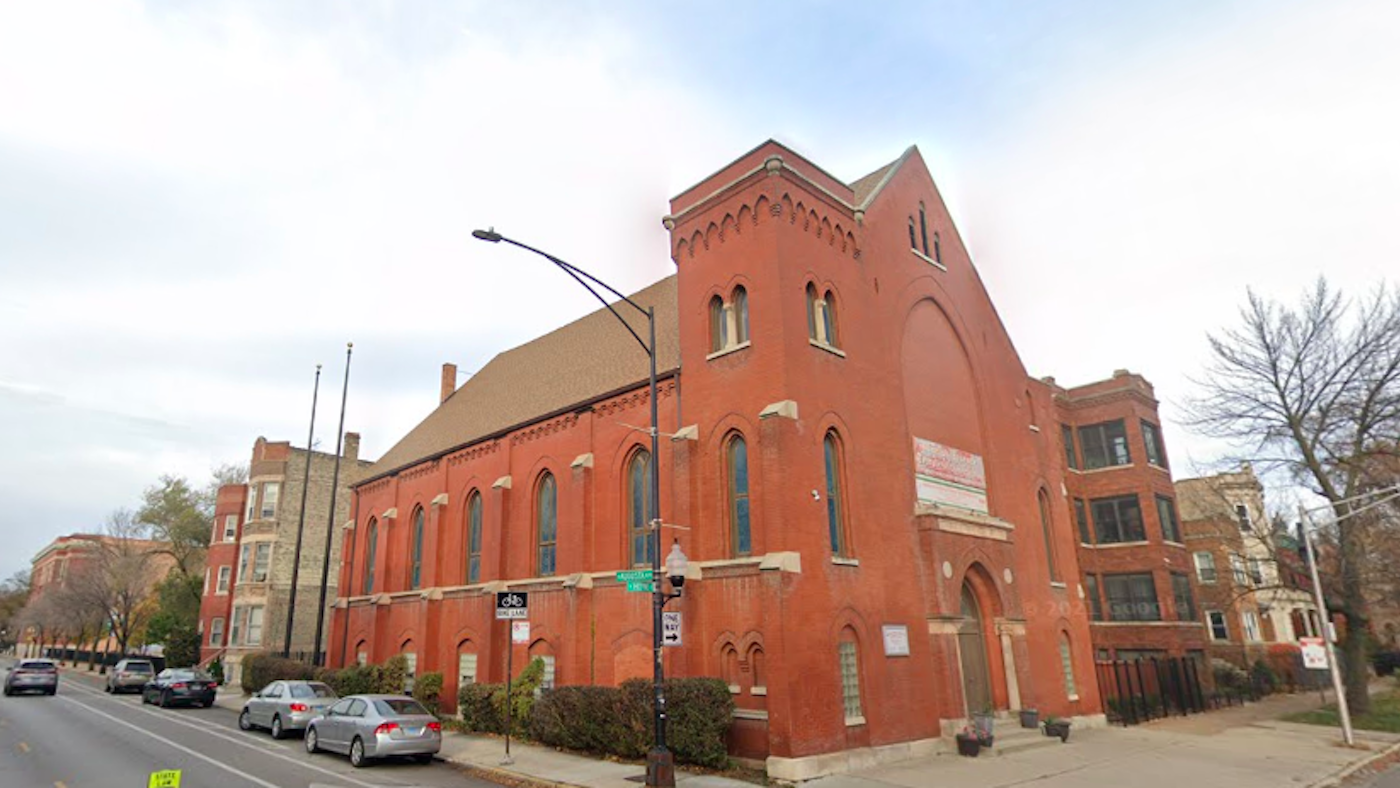 The annual convention of the Moorish Science Temple of America was held for decades in Ukrainian Village. Image: Google Maps
The annual convention of the Moorish Science Temple of America was held for decades in Ukrainian Village. Image: Google Maps
This red brick building at Augusta Boulevard and Hoyne Avenue in Ukrainian Village is “arguably the most important Moorish temple in the country,” the Chicago Reader has written. What does that mean? It’s a worship space for a vaguely Islamic sect called the Moorish Science Temple of America that was founded in 1913 by Timothy Drew, later Noble Drew Ali. He claimed to have been recognized as a reincarnation of prophets, and that all Black Americans were descendants of the Moors who conquered Spain. He argued that Black Americans should thus return to Islam—or at least his idiosyncratic form of it.
Drew came to Chicago in 1925; the Moors’ first national convention took place in 1928, and continued to be held here every year. After 1984, when Temple No. 9 was bought from Buddhist monks, the convention took place there for decades. There were an estimated 30,000 Moors in the 1930s in America, with a large proportion of them in Chicago. After Drew’s sudden death under murky circumstances in 1929, one of his followers went to Detroit and founded the Nation of Islam.
Mosque Maryam
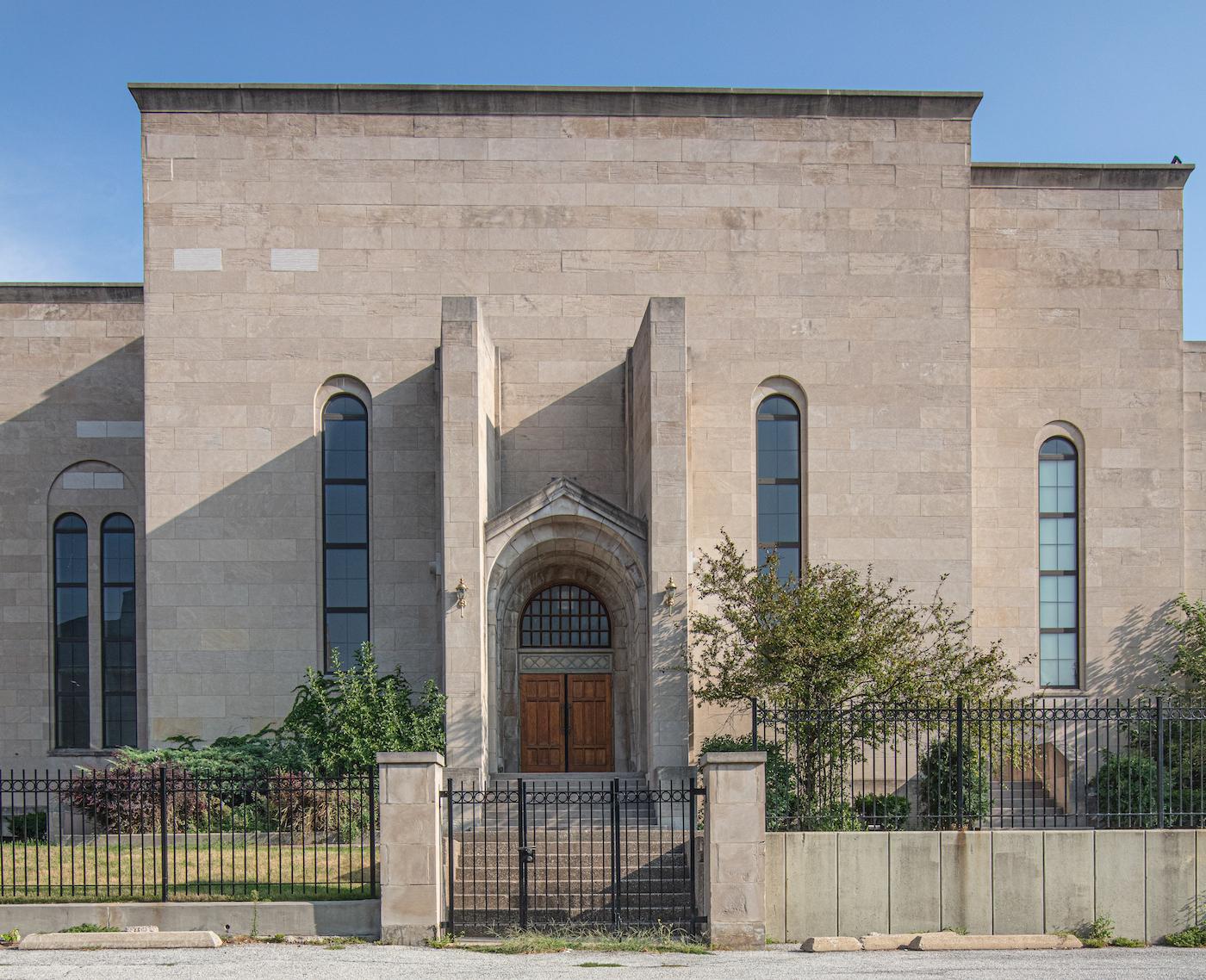 Formerly a Greek Orthodox church, Mosque Maryam is a center of the Nation of Islam. Photo: Lee Bey/WTTW
Formerly a Greek Orthodox church, Mosque Maryam is a center of the Nation of Islam. Photo: Lee Bey/WTTW
The Nation of Islam shifted its headquarters from Detroit to Chicago soon after its founding in 1930. Elijah Muhammad led the movement from 1934 until his death in 1975, with Muhammad Ali among its more notable adherents. Ali discovered the Nation of Islam in Chicago as a young man, eventually bought a mansion down the street from Muhammad’s house in Kenwood, and contributed to the construction of Masjid al-Faatir. But Mosque Maryam, formerly a Greek Orthodox church, became a center of the sect after its purchase in 1972, with a University of Islam attached. The Nation of Islam even has eateries like Salaam Restaurant on 79th Street, and in the past, hawkers selling bean pies could be found on South Side street corners.
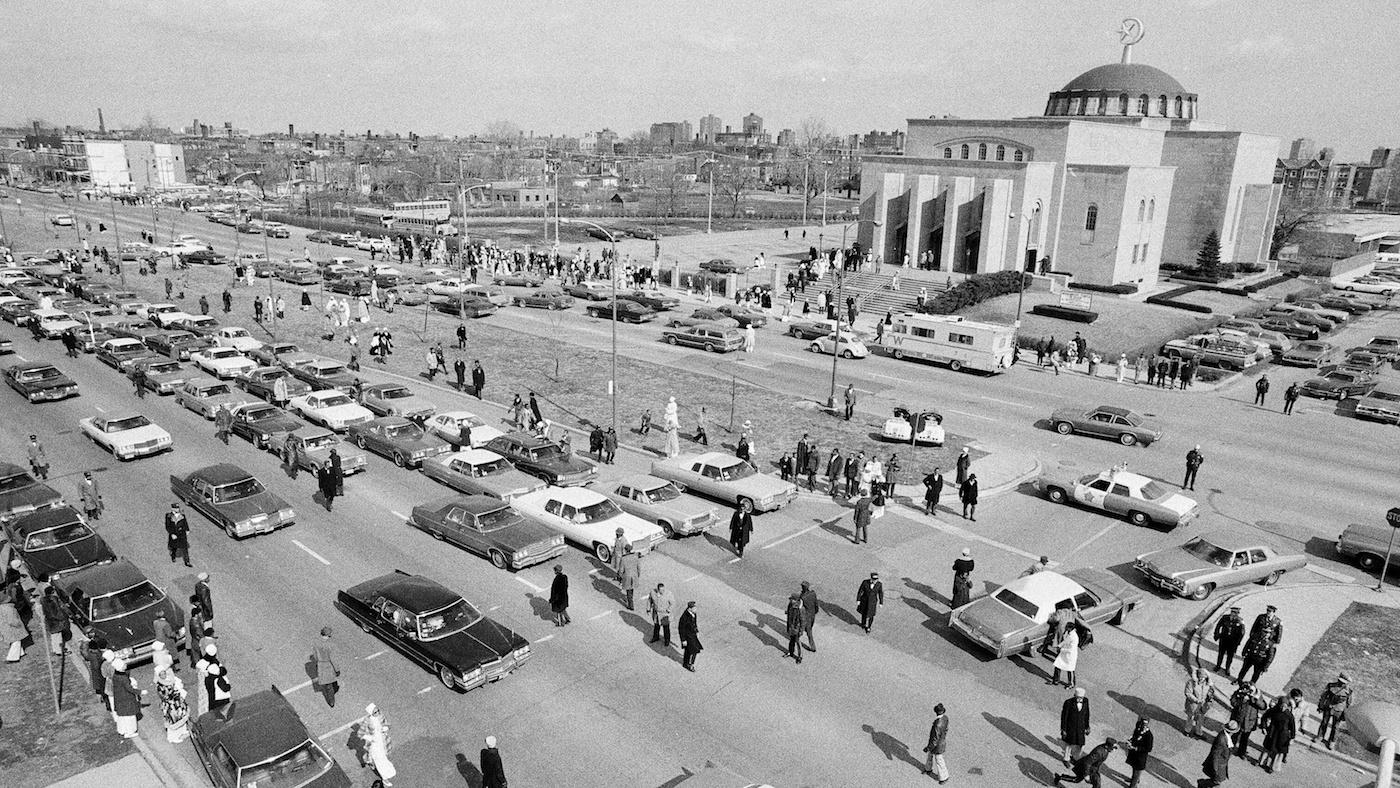 Mourners arrive at Mosque Maryam for the funeral of the Nation of Islam leader Elijah Muhammad in 1975. Photo: ST-19110568-0001, Chicago Sun-Times collection, Chicago History Museum
Mourners arrive at Mosque Maryam for the funeral of the Nation of Islam leader Elijah Muhammad in 1975. Photo: ST-19110568-0001, Chicago Sun-Times collection, Chicago History Museum
Mosque Foundation
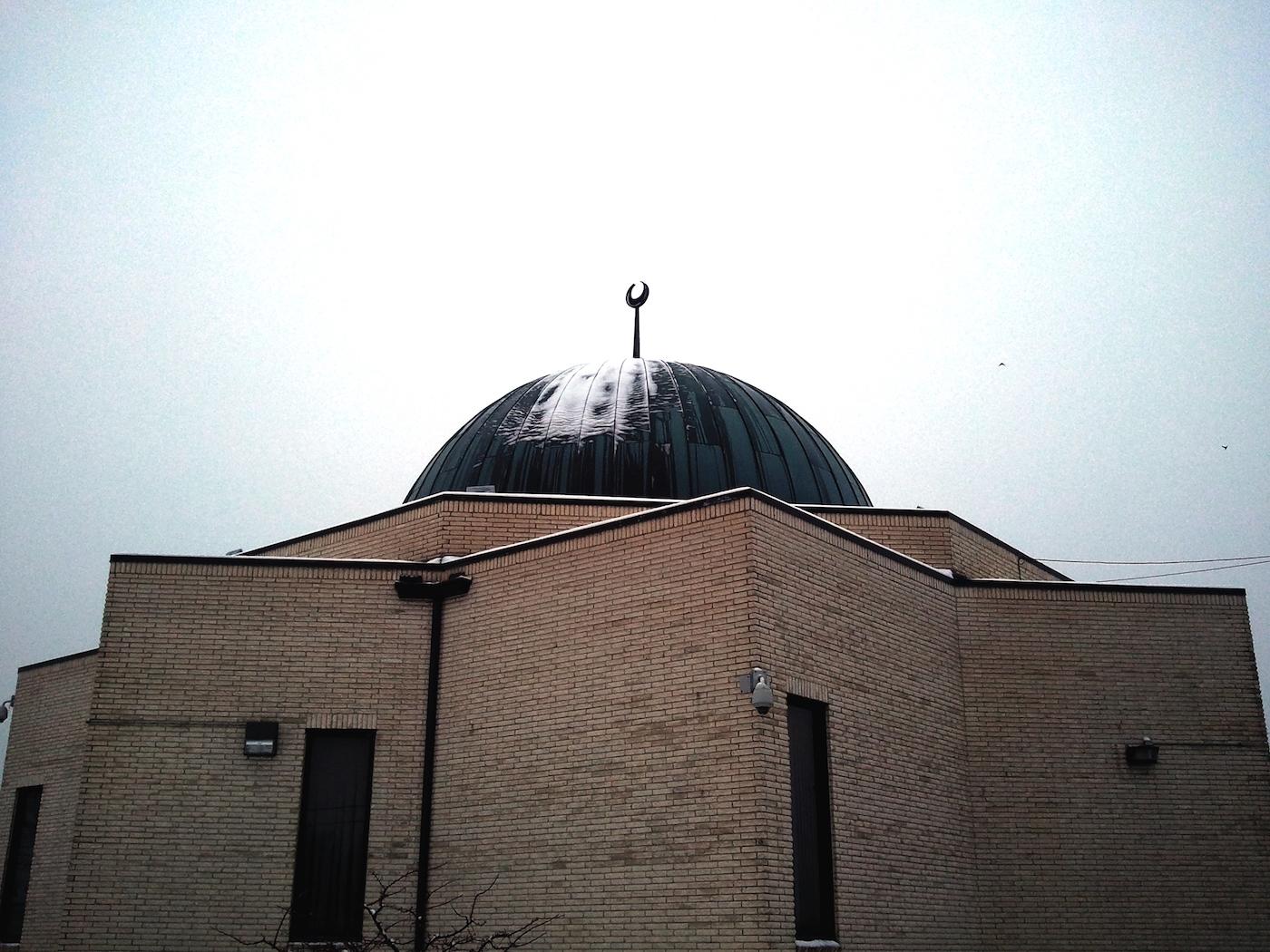 The Mosque Foundation in Bridgeview serves the large Arab population located in the southwest suburb. Photo: Wikimedia Commons/Khateeb88
The Mosque Foundation in Bridgeview serves the large Arab population located in the southwest suburb. Photo: Wikimedia Commons/Khateeb88
Cook County is fourth in the country in the number of people from Southwest Asia, North Africa, and the Middle East, according to a Los Angeles Times analysis from 2019, with an estimated 101,300 people from those areas living here. One sizable section of that community can be found in the southwest suburb of Bridgeview, which has an especially large number of Palestinians. So it’s not surprising that Bridgeview has a prominent mosque that also includes two schools and a community center.
The Mosque Foundation may have been the first local Arab mosque in Chicago, according to Encyclopedia of Chicago, and was founded on the South Side in 1954. It moved to Bridgeview and opened there in 1981, then continued to expand over the next decades into a pillar of the community.
Islamic Cultural Center of Greater Chicago
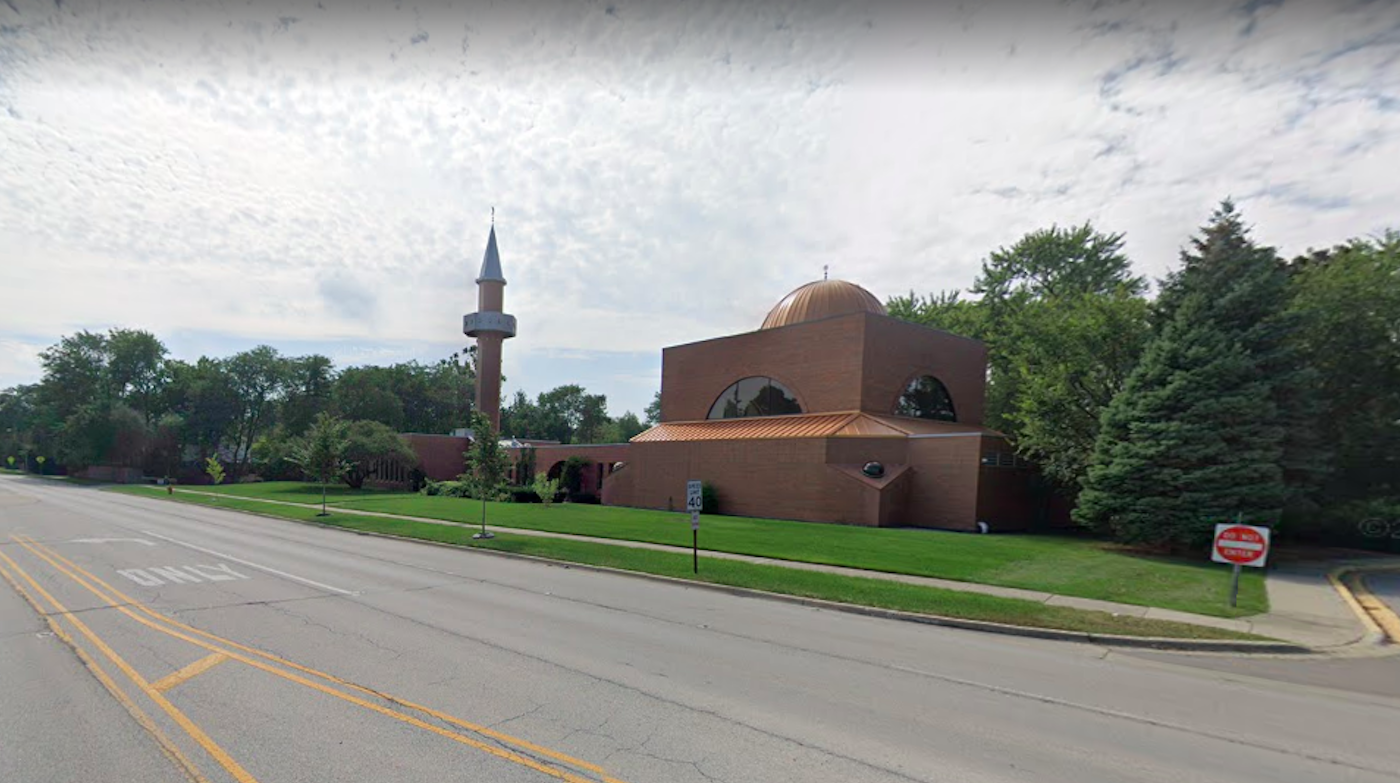 The Islamic Cultural Center of Greater Chicago claims to have the first minaret erected in Illinois. Image: Google Maps
The Islamic Cultural Center of Greater Chicago claims to have the first minaret erected in Illinois. Image: Google Maps
Bosnian Muslims opened a mosque on Halsted Street that was a precursor to the Islamic Cultural Center of Greater Chicago in 1957, according to the Encyclopedia of Chicago. It moved to the northern suburb of Northbrook in the 1970s. The current domed mosque and minaret were added in the 1980s; the mosque claims that its minaret was the first erected in Illinois. Bosnians and other Balkans still make up the majority of the membership, but it serves a multi-ethnic constituency.
Muslim Community Center
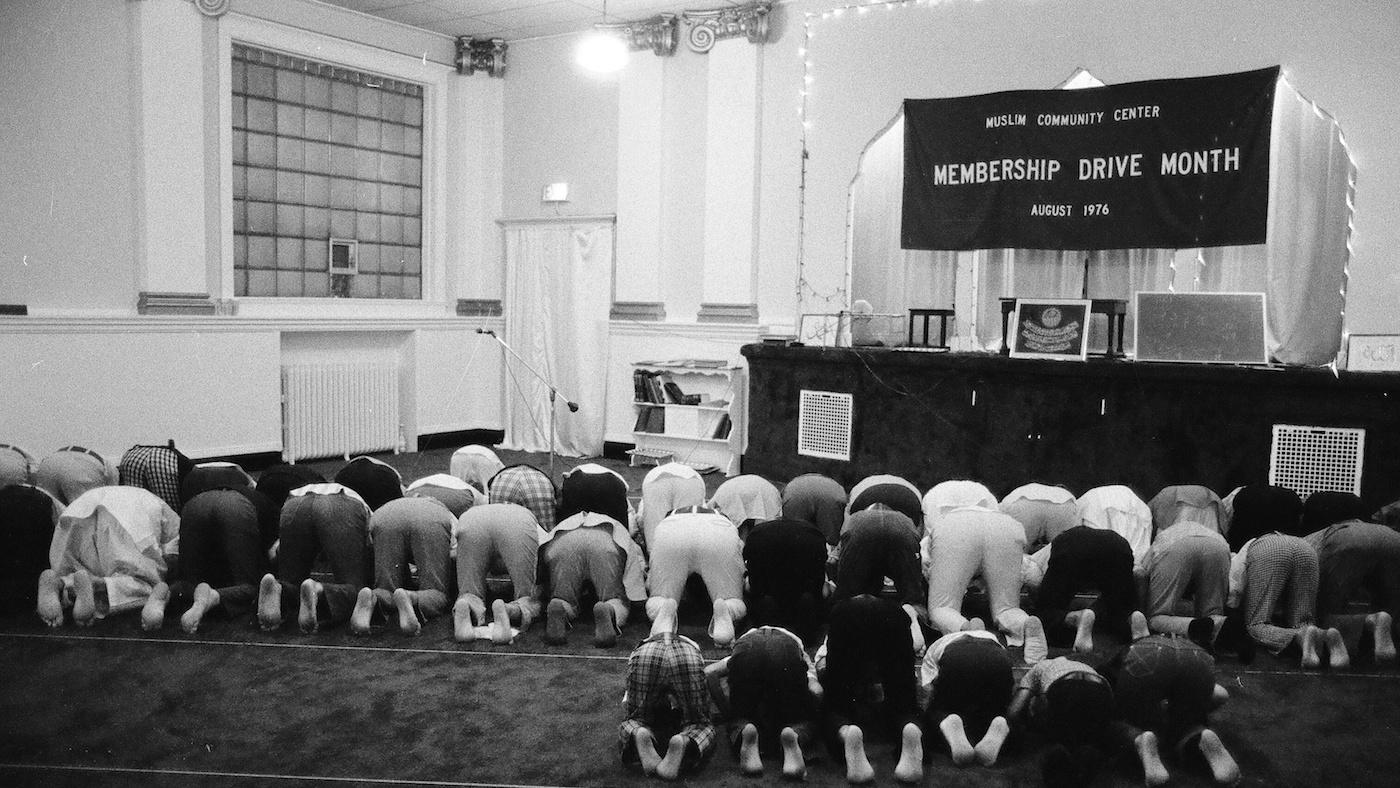 Men pray at the Muslim Community Center in 1976. Photo: ST-80006953-0010, Chicago Sun-Times collection, Chicago History Museum
Men pray at the Muslim Community Center in 1976. Photo: ST-80006953-0010, Chicago Sun-Times collection, Chicago History Museum
Established in 1969 by a group of Muslims at Lincoln Park’s Muslim Religious and Cultural Home (Yugoslavian-Bosnian), the Muslim Community Center is one of the older and larger Muslim organizations in the Chicago area. It has locations in Morton Grove and Skokie, but its Chicago location on Elston Avenue in Mayfair is notable for being the former Rivoli Theater, built in 1923.
Prayer Center of Orland Park
A bit south of Bridgeview is the suburb of Orland Park, home to the Prayer Center of Orland Park. Opened in 2006, the Prayer Center’s golden dome, eight-sided plan, and arched entrance are inspired by the Dome of the Rock in Jerusalem. You can see it in all its glory below in a segment from Geoffrey Baer’s Chicago from the Air.

